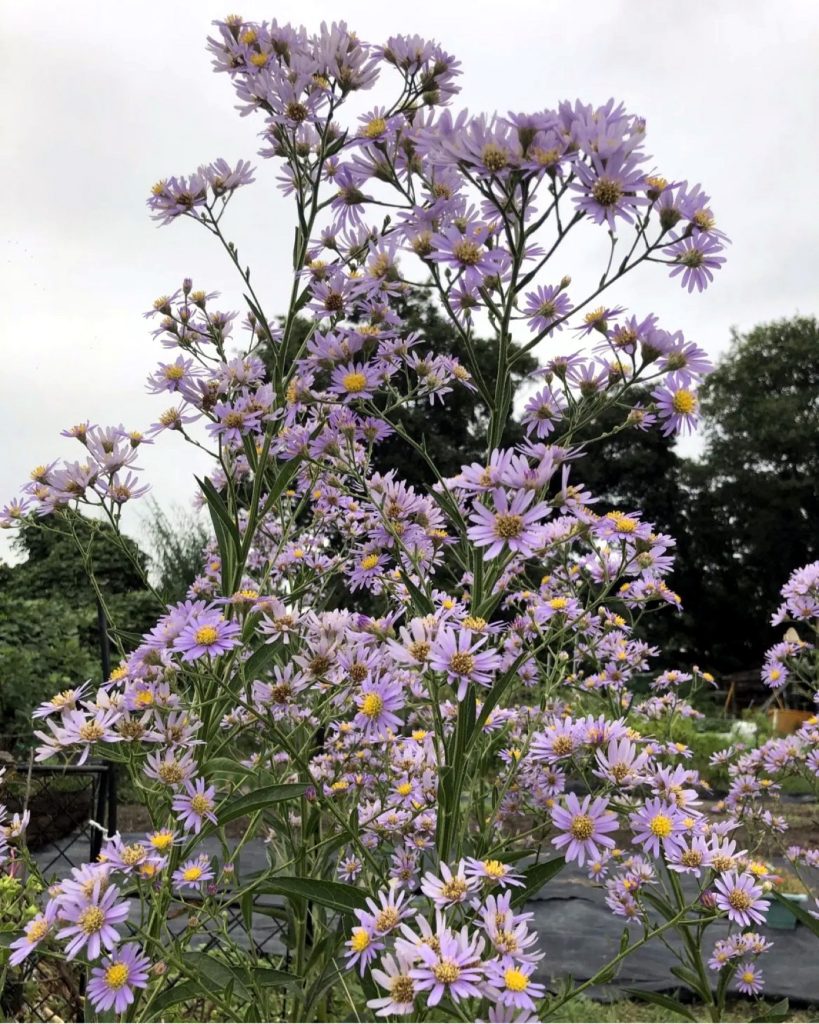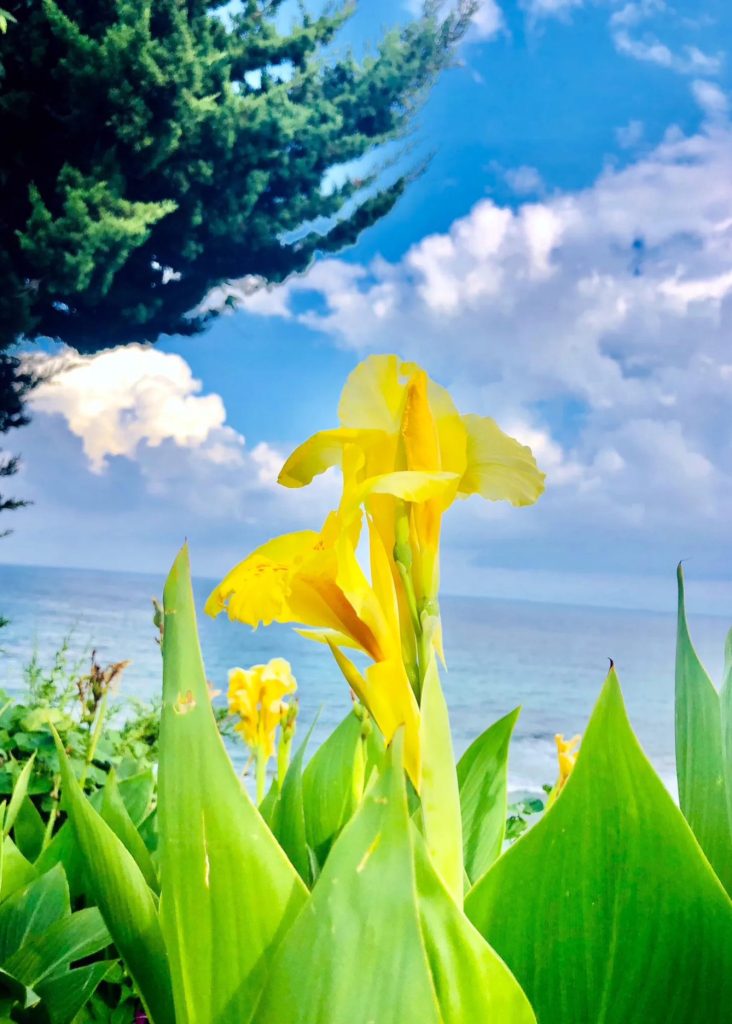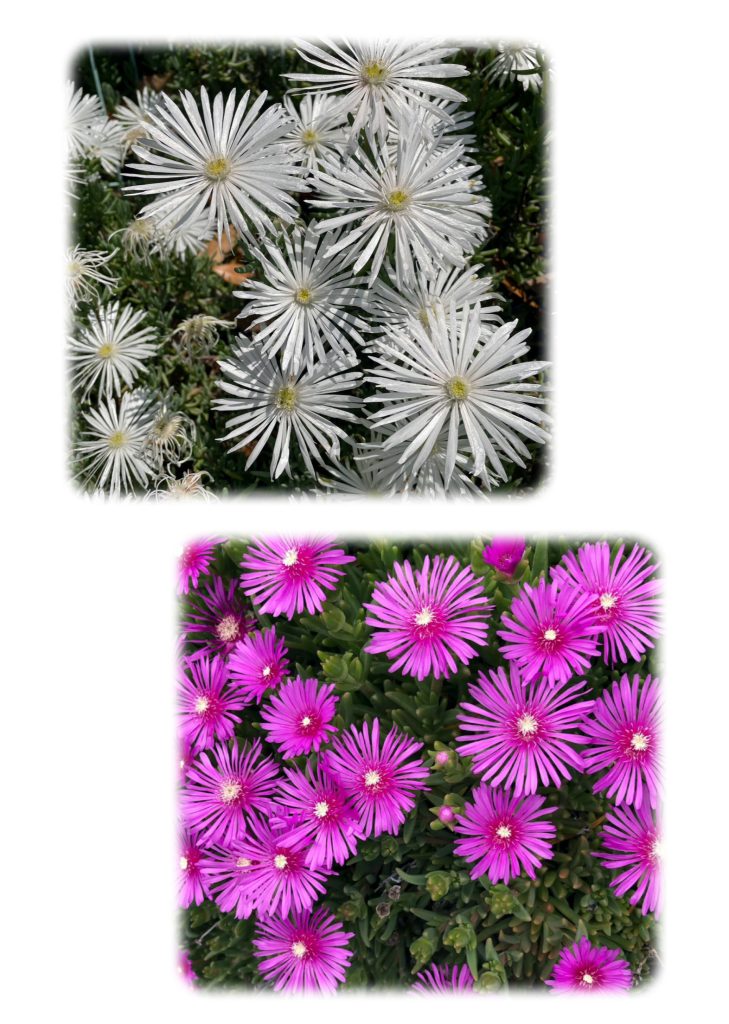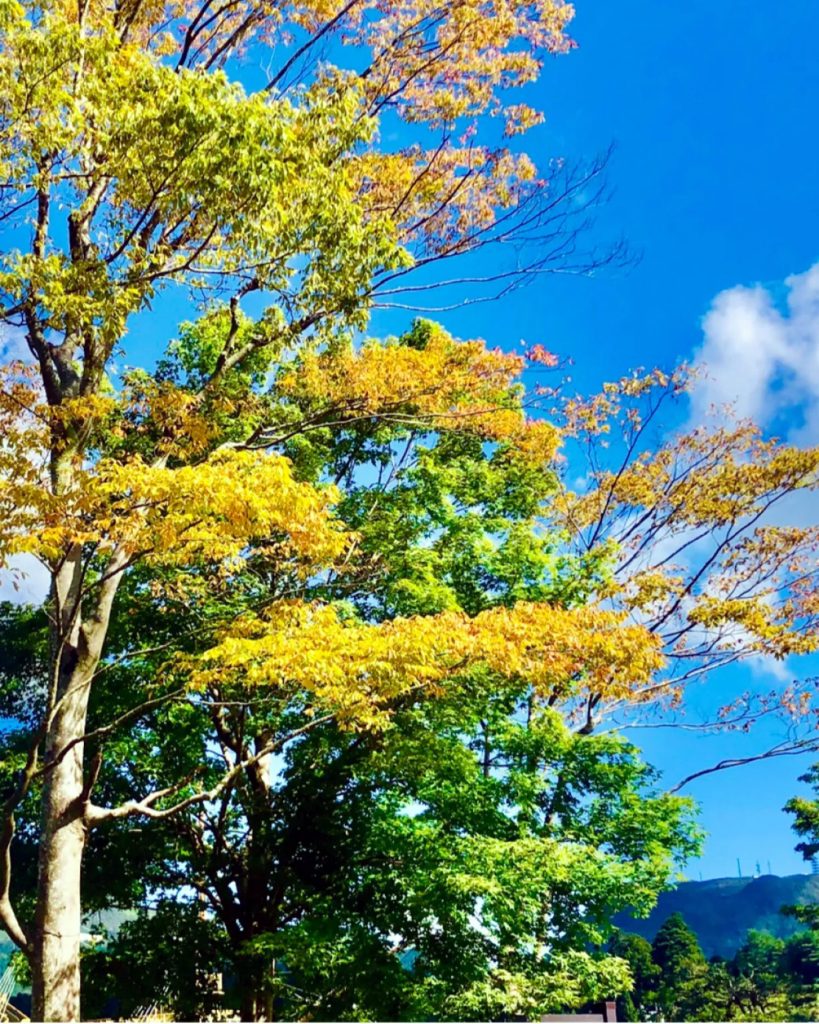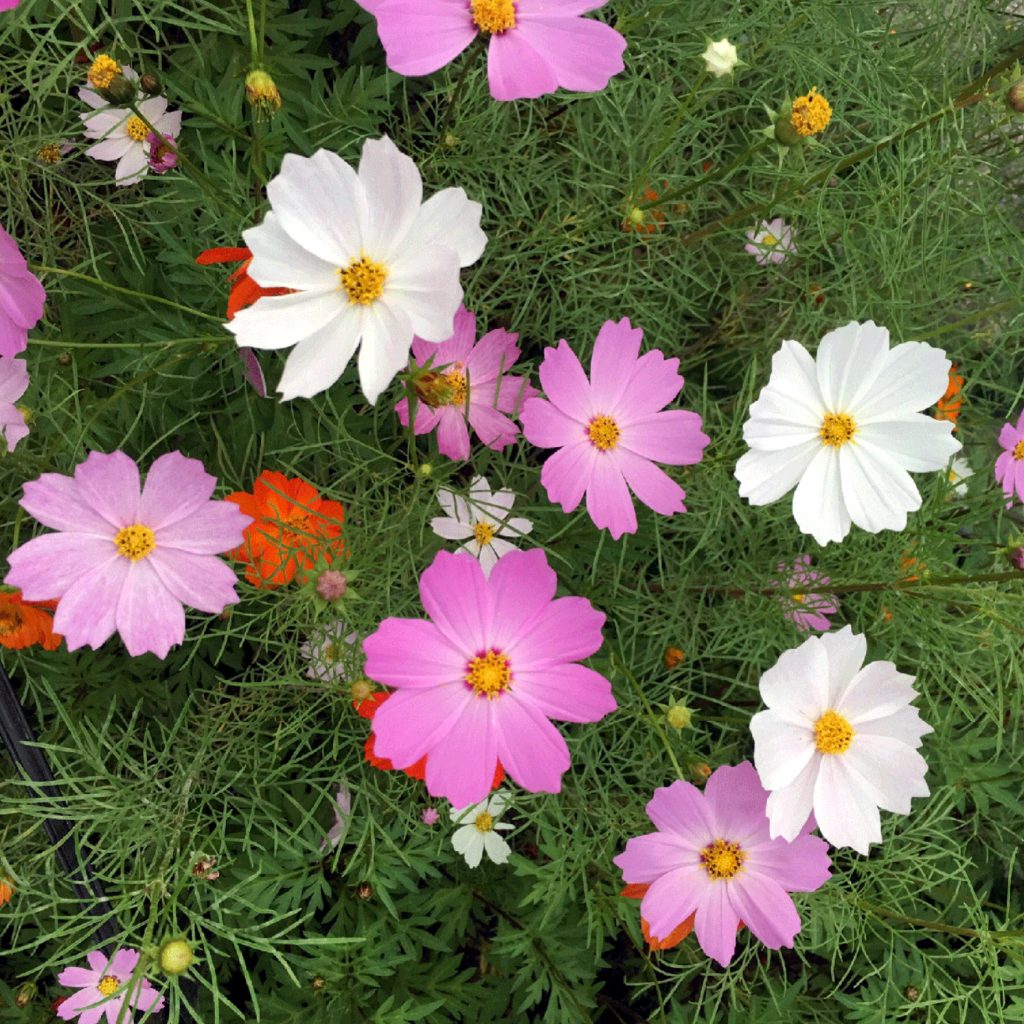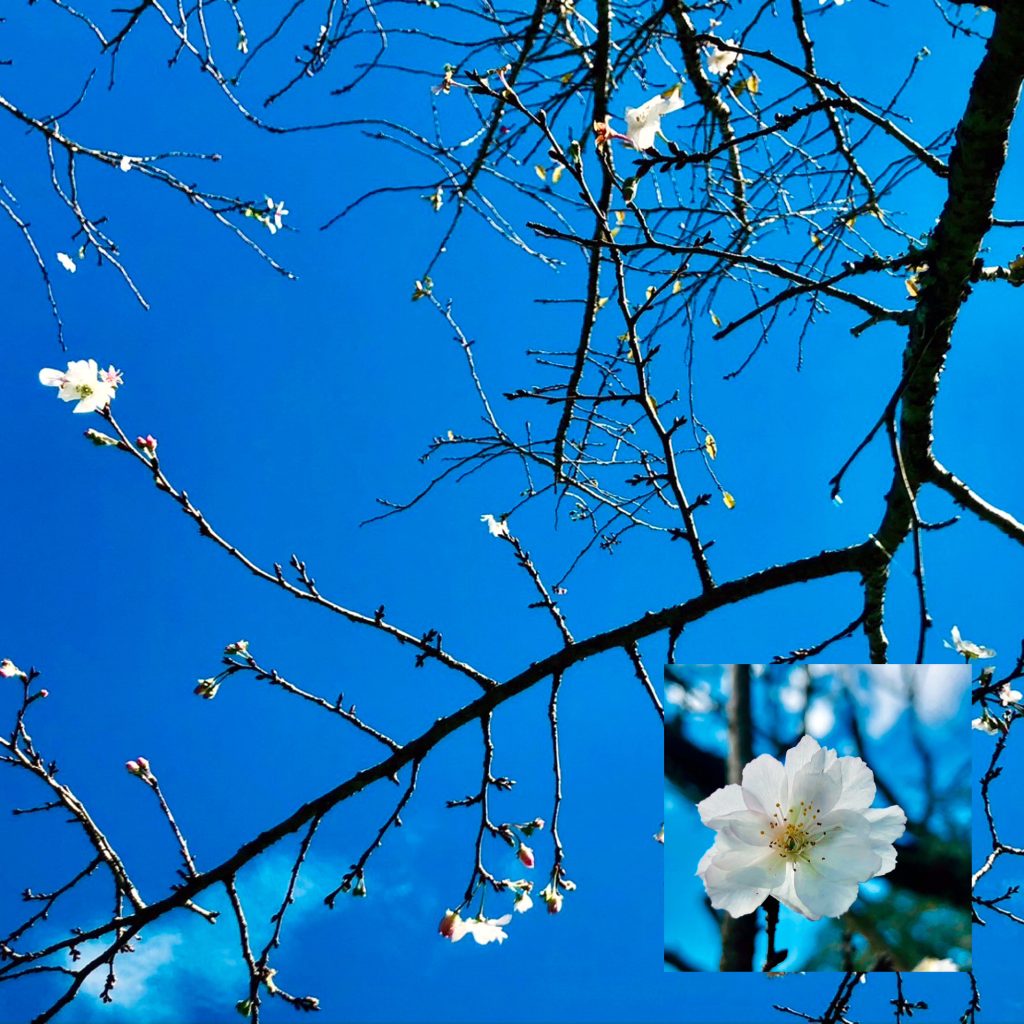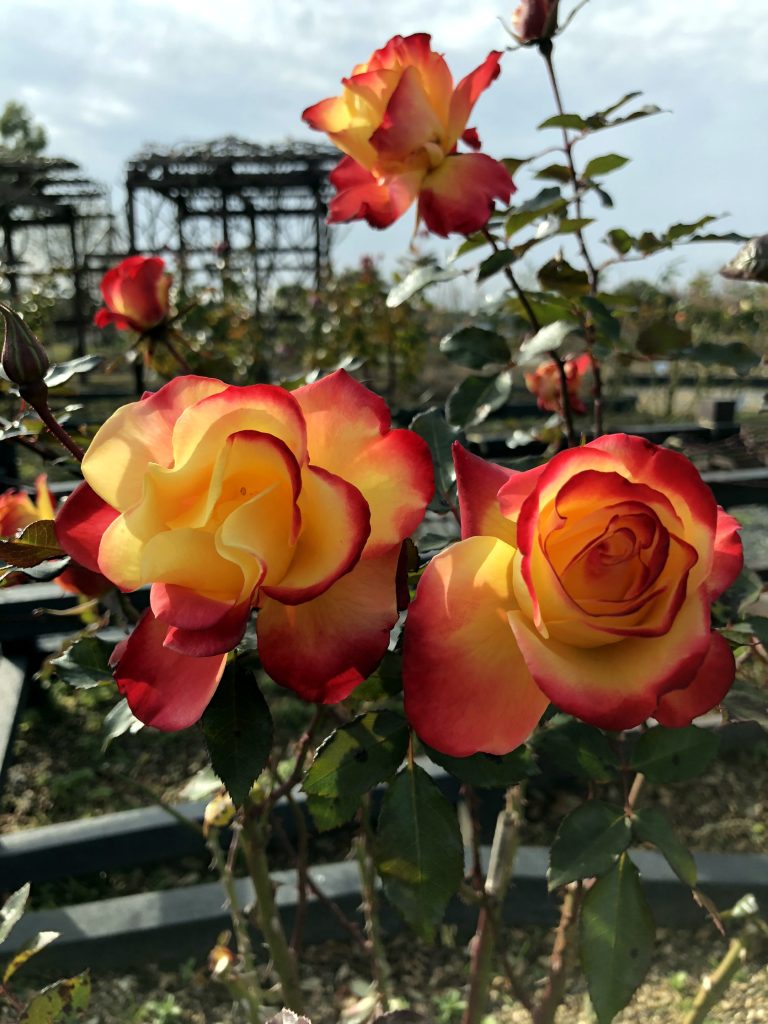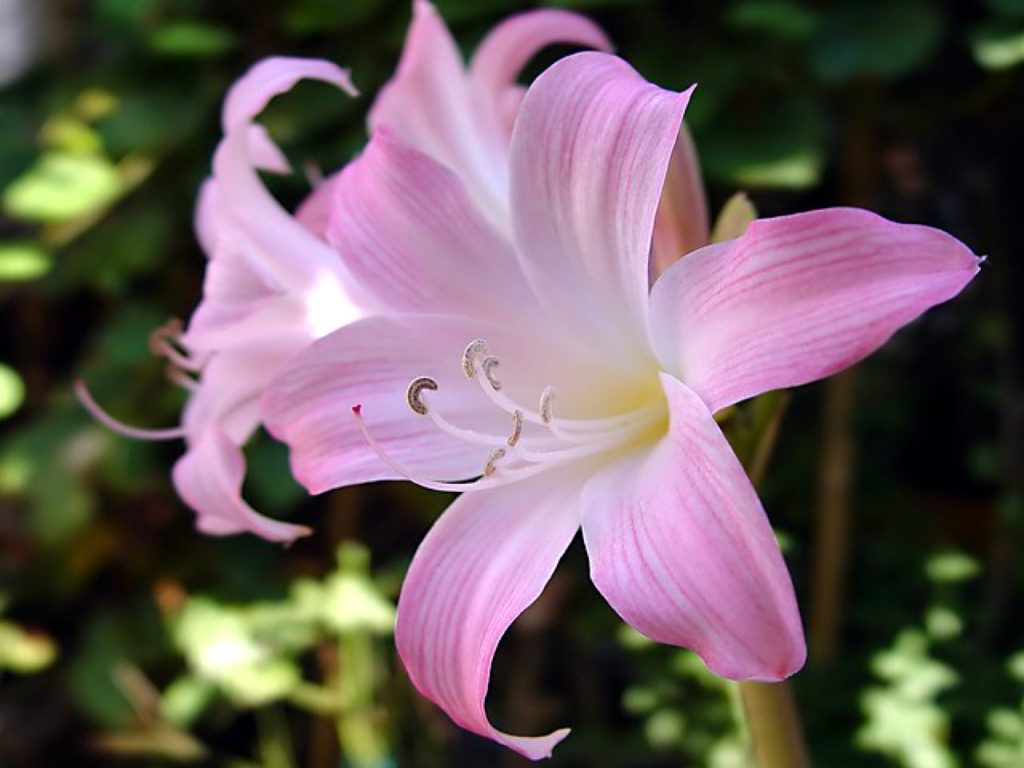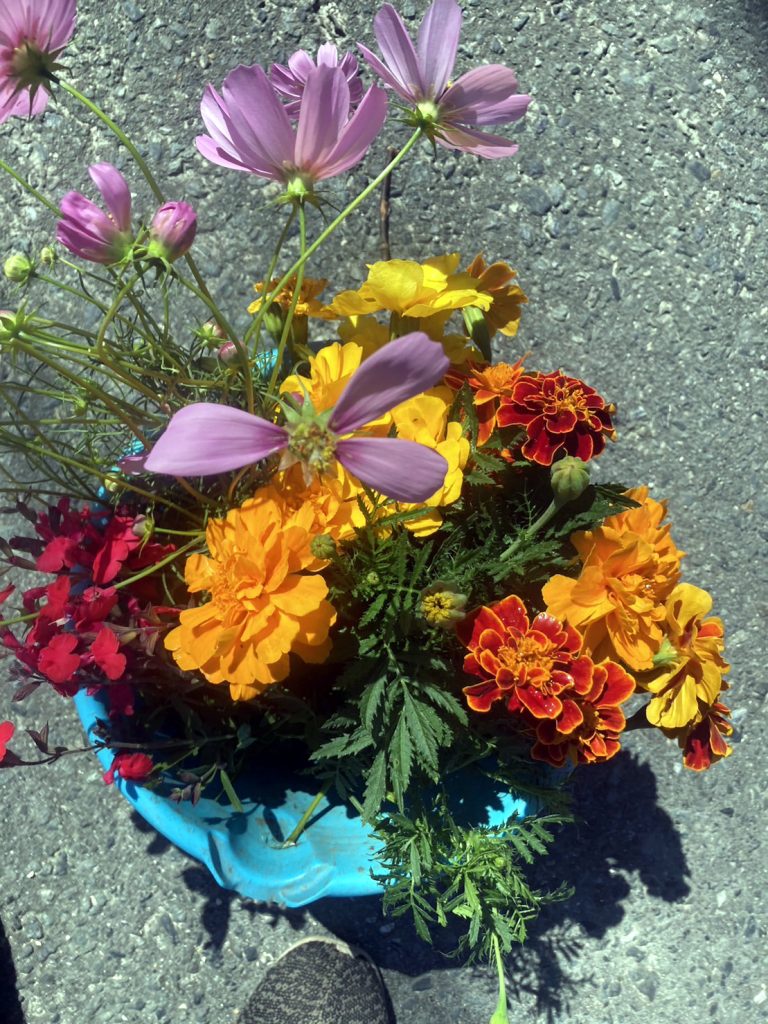
Finally, it feels like autumn. I picked some flowers from the corner of my fields and put them in a bowl. They are unexpectedly colorful, even though I didn’t take much care of them, just watering them occasionally.
This summer was really hot, and it lasted for a long time. Even though it’s already autumn according to the calendar, I don’t feel like it’s autumn yet. I’m sure the flowers are also confused. I’m not sure when the flowers I picked today will bloom or when they will be in full bloom, but the autumn’s representative flower, the higan-bana (the red spider lily), certainly bloomed in a different way than usual.The October cherry blossoms are also blooming later than usual, and I’m curious how it will affect the blooming of the cherry blossoms next year.
I said that it finally feels like autumn, but is it really? I guess I’ll know if I check the weather data, but considering this is the climate in mid-October, I guess my body will get used to it before I know it.
やっと秋らしくなってきました。畑の片隅に植えていた花を摘んできてボウルに入れたら、思いのほか華やかです。時々水をやる程度で、たいした世話もしていないのに、どの花も精一杯彩りを添えています。今年の夏は本当に暑い夏でした。それも長く続いたものですから、暦の上ではもう秋だのに、秋の実感が湧きません。花達もきっと戸惑ったに違いありません。今日摘んできた花が、いつ咲き、いつ見ごろなのかはっきり知りませんが、秋の代表的な花、彼岸花は確かに例年とは違った花の咲き方をしました。十月桜も例年に比べて咲くのが遅く、これが来年の桜の開花にどう影響するのか、気になります。やっと秋らしくなったとは言いましたが、本当にそうなんでしょうか。気象データを調べれば分かるんでしょうが、これが10月半ばすぎの気候なんだと、いつの間にか体に馴染んでいくのでしょうね。

